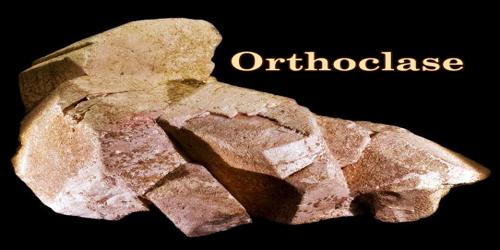Obesity is a common health problem characterized by a high percentage of body fat. Obesity is defined as a body mass index (BMI) of 30 or higher. Obesity has become a major public health issue in recent decades. Obesity prevention should start at a young age. It is critical to assist young people in maintaining a healthy weight without focusing on the scale.
UT Southwestern researchers may have discovered a way to safely mimic the weight-loss benefits of a plant compound that, despite its negative side effects, holds critical answers to developing obesity therapies.
Celastrol, derived from the root extracts of a white-flowered plant in China, has gained popularity in recent years after studies revealed that it can both prevent and reverse obesity in mice. However, because celastrol can cause reactions in mice such as high blood pressure and lethargy, researchers have sought to understand how the compound works in order to develop safe weight-loss treatments for humans.
This new understanding of how celastrol works at the cellular level open up more possibilities for targeting pathways that can improve our metabolism without compromising our health.
Kevin W. Williams
A new study from UT Southwestern may have solved a piece of the puzzle by demonstrating that celastrol requires a specific protein in a type of neuron that influences metabolism. Scientists discovered that deleting this protein from neurons can mimic a “fed” signal to mouse brains, resulting in mice losing 7% of their body weight in two weeks despite being fed a high-fat diet.
The mice did not appear to suffer from the same physical ailments documented in previous studies in which celastrol was administered.
“This new understanding of how celastrol works at the cellular level open up more possibilities for targeting pathways that can improve our metabolism without compromising our health,” said study author Kevin W. Williams, Ph.D., researcher at UT Southwestern’s Center for Hypothalamic Research. “We haven’t discovered all of the cell populations that influence weight loss, but each of these discoveries brings us closer to developing effective safe obesity therapies.”
Dr. Williams’ latest study, published in JCI Insight, may someday help improve glucose metabolism in patients with obesity-related conditions such as diabetes. According to the Centers for Disease Control and Prevention, more than 30 million Americans have diabetes, accounting for nearly 10% of the population.

The new study focused on a type of brain cell called POMC neurons, which when activated are associated with decreased appetite, lower blood glucose levels, and increased energy burning. A 2019 study by Dr. Williams found that a single bout of exercise can increase POMC activity for up to two days.
The Williams lab discovered that this neuron is also important in how celastrol affects weight loss in their most recent study. Mice given the compound had lower activity of a protein called PERK in the brain region where POMC neurons reside. The researchers also discovered that removing PERK from these neurons can mimic many of the weight-loss effects of celastrol, and it appears to do so without causing the harmful side effects that are commonly associated with anti-obesity drugs.
“The mice were leaner and had the same activity levels; they did not appear lethargic, sickly, or ill,” said Dr. Williams. “However, this is only through observation. More research is needed to determine how targeting this pathway may affect their cardiovascular systems and other functions.”
The Food and Drug Administration warns against using celastrol, also known as thunder god vine, and used in traditional Chinese medicine. Although plant extracts are sold as supplements, the National Institutes of Health (NIH) has issued warnings that scientists do not yet have enough data on Celastrol’s safety and effectiveness.
However, the compound has already provided scientists with important insight into how safer weight loss strategies could be developed in the lab. In the new study, for example, deleting PERK from POMC neurons blocked roughly half of celastrol’s food intake-lowering effect.
“This suggests that, in addition to POMC, other cell populations are involved in Celastrol’s effects on metabolism,” said Dr. Williams, Associate Professor of Internal Medicine at UT Southwestern and a member of the Peter O’Donnell Jr. Brain Institute. “We’ll keep mapping the roles of these cell types until we have a more complete picture of the complex network of pathways. Perhaps one day, this knowledge will aid in the development of more effective therapeutics for the treatment of obesity and diabetes.”
















